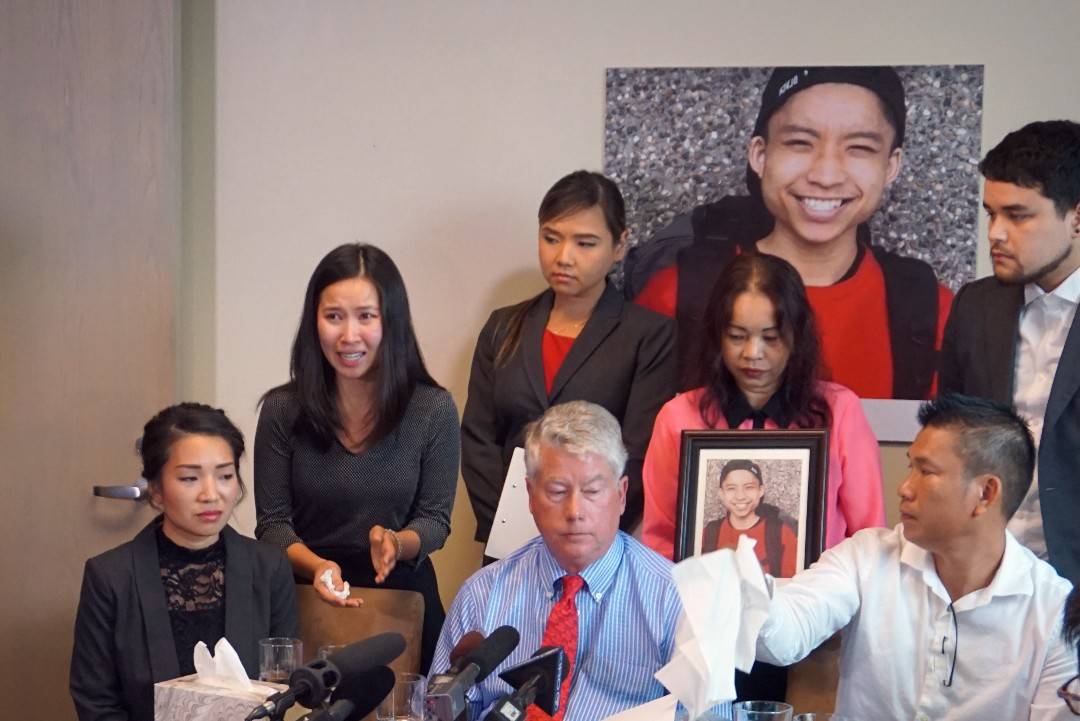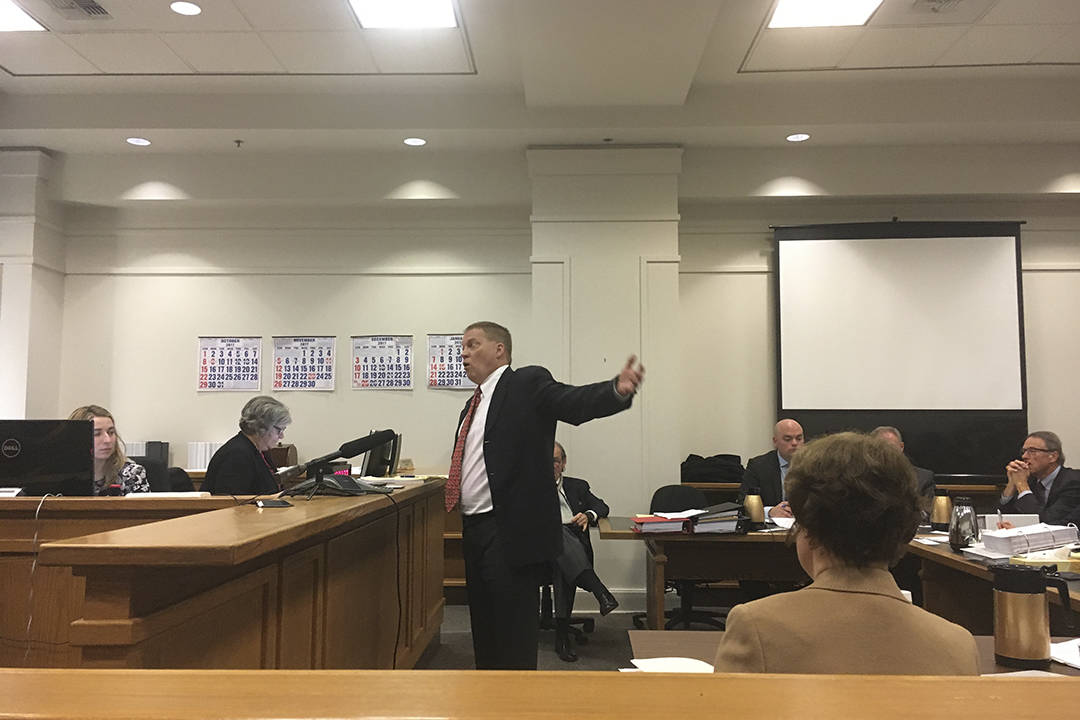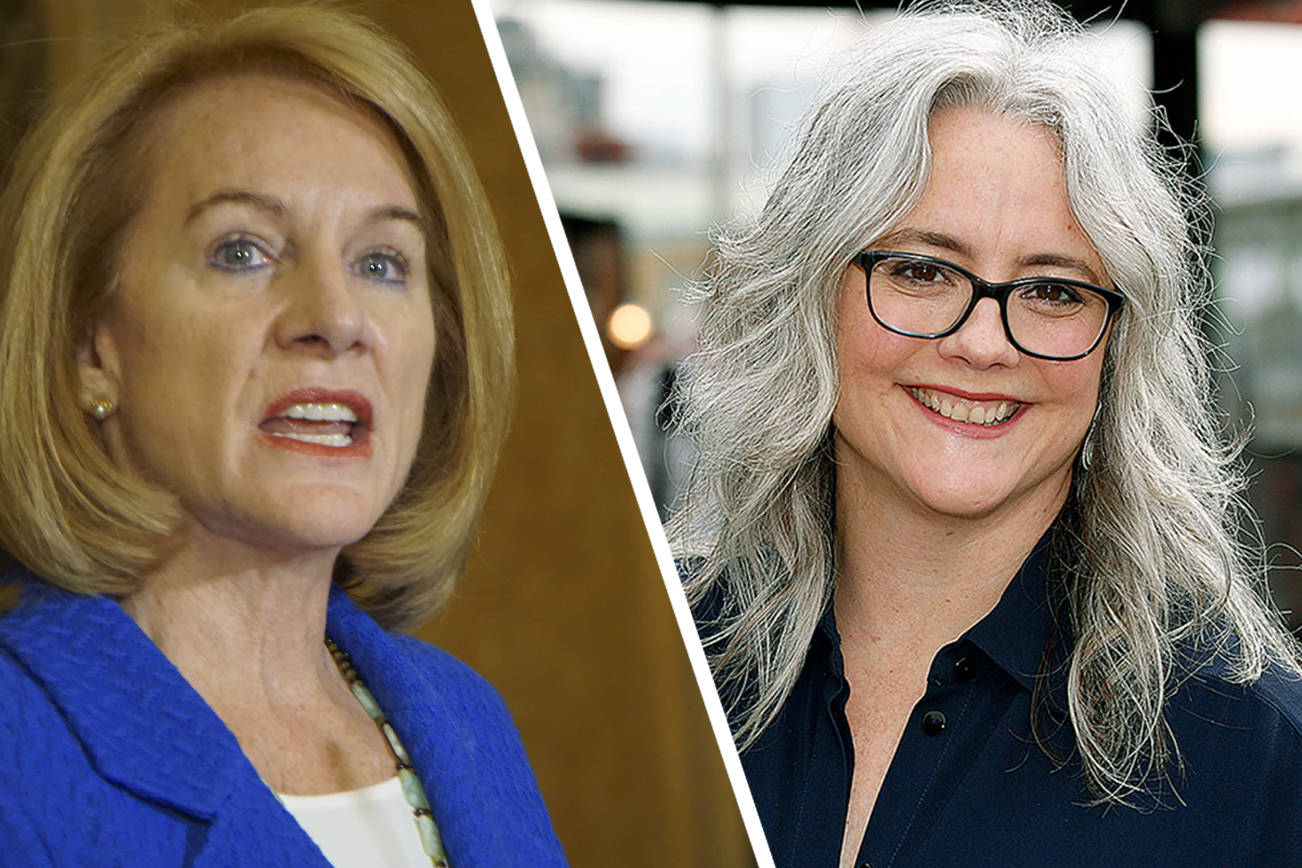With gunfire continuing to fly in the city, Mayor Ed Murray last week announced a plan to deploy acoustic gunshot detection technology in Seattle.
Best known by the trade name ShotSpotter, the technology has been used by scores of cities to address gun violence, which is often under-reported in high-crime areas. The audio sensors pick up the sound of gunshots then triangulate where they came from, allowing police to respond more quickly to crime scenes. A one-year pilot project using ShotSpotter or similar technology by another company in Seattle would be bankrolled by a grant from the U.S. Bureau of Alcohol, Tobacco Firearms and Explosives to the tune of between $500,000 and $1 million, depending on bids.
The most obvious critique of ShotSpotter is that it amounts to police surveillance of communities, often times communities of color. In Seattle, the pilot program would cover neighborhoods in the Central District and South Seattle, both of which have higher than average shots-fired reports but also have large black populations. Councilmember Bruce Harrell, who represents South Seattle, said in a press release announcing the pilot program that the council would “work thoroughly with privacy advocates … to ensure the public’s privacy and civil liberties are protected.”
However, leaders during the announcement did not address another, possibly more salient complaint about ShotSpotter: It doesn’t fight crime, just eats up police budgets.
The efficacy of ShotSpotter technology was the subject of a recent piece put together by the Center for Investigative Reporting that, among other things, scoured San Francisco police records to see how many arrests the technology had led to. Over a 2-and-a-half year period, which included 3,000 ShotSpotter alerts, two arrests were made. Only one of those arrests was gun-related. In New York City, where Mayor Bill de Blasio has recently doubled to $3 million the amount his city will spend on the technology, eight arrests and 13 gun recoveries have been linked to ShotSpotter. By comparison, Seattle Police seized 438 guns in the first three months of 2016 alone.
Pardon the expression, but will Seattle get much bang for its buck with ShotSpotter?
Brian Maxey, Chief Operating Officer with the Seattle Police Department, tells Seattle Weekly that he’s aware of some of the critiques of ShotSpotter’s efficacy, and doesn’t necessarily doubt their validity. While not familiar with the CIR report, he noted that there is a general lack of independent study on how well ShotSpotter works at delivering arrests. However, he argues, arrests may be a poor record by which to judge the system.
“There’s two reasons to have it. The first value is the first responses” of police rushing to the scene of the crime in hopes of catching perps, he says. “The second value is on the investigative side. If you are getting to the locations where shots are fired, that helps with the link analysis of who’s doing the shooting and who they’re shooting at and collecting shell casings….That helps with gang work.”
The plan as now proposed in Seattle would include a video surveillance component; when a shot is detected by the sensors, a network of “10-20 strategically” placed cameras would switch on to collect about 30 seconds of footage in hopes of capturing a get-away vehicle speeding from a crime scene.
“The more information we have to address this problem”, he says, the better.
But Maxey emphasized one point over the rest: this is a pilot, and Seattle’s not paying for it.
“The one thing is that this is a one-year pilot, it is funded by ATF. If it’s not working for us, I try to avoid saying ‘bang for our buck’ on this, but if it’s not showing value, we will not adopt the system,” he says.
“I do understand it may be difficult to tie specific arrests to this system, but again, we’ll see. It’s the point of a pilot.”
Maxey says the earliest the program, which must be approved by the City Council, is September.








